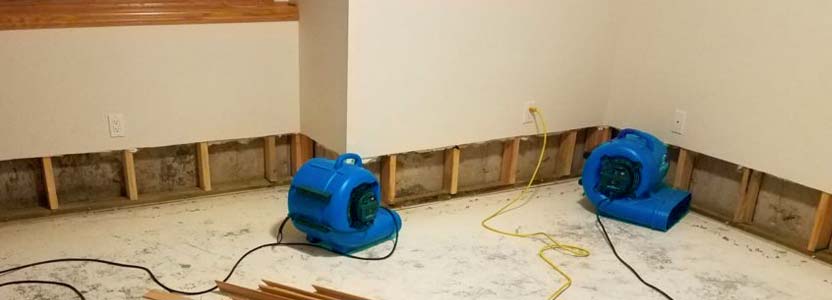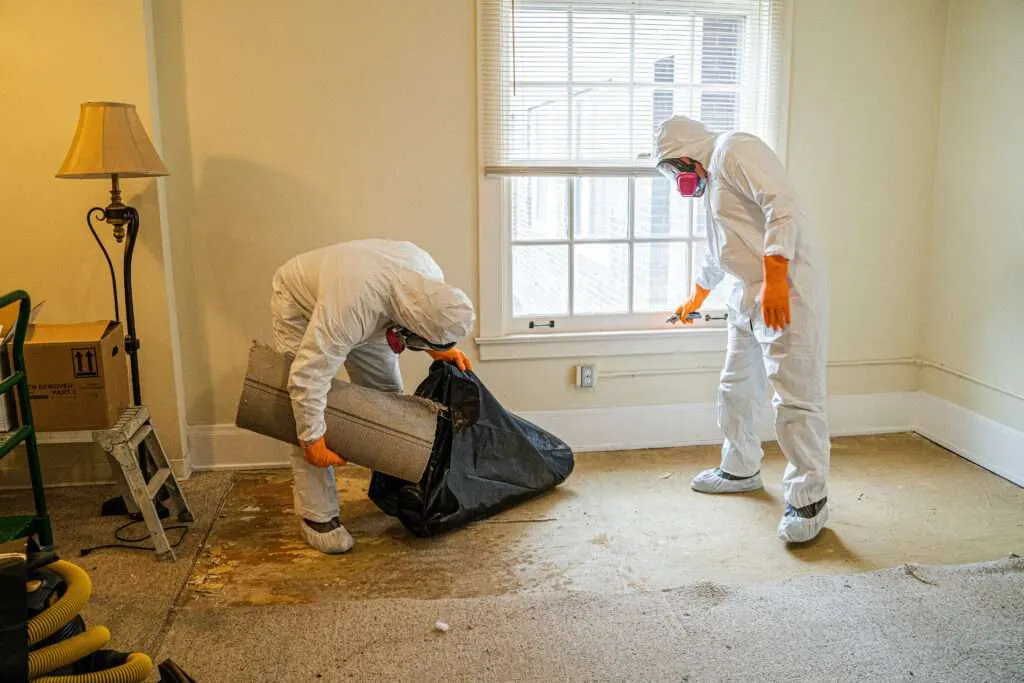Strategic Mold Inspection Philadelphia: Identifying and Addressing Mold Concerns
Strategic Mold Inspection Philadelphia: Identifying and Addressing Mold Concerns
Blog Article
Emergency Situation Water Damage Repair: Swift Response to Lessen Further Damages
What precisely does emergency water damage restoration require? By understanding the seriousness and comprehensive nature of this process, you will certainly get important understandings right into exactly how professionals tackle emergency situation water damage, making sure a swift and efficient feedback.
Relevance of Swift Reaction
Swift response is of utmost significance in water damage repair to lessen more damages and minimize possible risks. When water damages occurs, whether because of a ruptured pipe, a natural disaster, or any other unforeseen event, time is important. The longer water rests in a building, the even more damages it can trigger. This is why it is vital to act swiftly and effectively to eliminate the water and start the remediation process.
One of the primary reasons speedy action is necessary in water damage reconstruction is to avoid the development of mold and mildew and mold. Mold not just causes additional damage to the structure of the structure yet also presents wellness risks to passengers.
Additionally, a timely response can assist salvage and recover valuable personal belongings and possessions - mold remediation philadelphia. Water damage can be ravaging, particularly when it impacts individual things of monetary or sentimental value. Acting swiftly permits specialists to analyze the damages and implement appropriate restoration techniques to restore as much as possible. This not only helps to minimize economic losses yet additionally brings tranquility of mind to those impacted.
Evaluating the Extent of Damages

During the assessment, restoration professionals completely take a look at the damaged location to recognize noticeable indicators of damage, such as water spots, deformed materials, and mold development. They also use specific tools to identify covert damage, such as moisture meters and thermal imaging cameras. This thorough analysis permits them to accurately determine the level of the damages and create a customized repair strategy.
Analyzing the level of water damages is vital because it assists experts prioritize their efforts. They can identify locations that need immediate attention, such as standing water elimination and drying, to avoid more damages and minimize the risk of mold and mildew development. They can likewise identify the locations that need repair work or substitute, guaranteeing that no damages goes undetected or neglected.

Water Removal and Drying Process
The water extraction and drying out procedure is a critical action in water damage restoration, as it entails the elimination of excess water and the extensive drying of the affected location to stop further damage and minimize the danger of mold development. After analyzing the degree of the water damage, the next step is to draw out the water from the afflicted location. This is usually done utilizing specific equipment such as pumps, dehumidifiers, and vacuum cleaners. These web devices are developed to effectively and effectively remove water from various surfaces, including wall surfaces, carpets, and floorings.
This step is crucial in avoiding additional damages, such as architectural damages and the development of mold and mildew and mold. The drying out process might take several days, depending on the degree of the water damages and the materials included.
It is necessary to ensure that the affected area is totally dry prior to proceeding with any type of repair services or repair. Failure to completely dry out the location can result in lasting issues, including weakened structures, musty smells, and the development of mold and mildew. Specialist water damage remediation companies use dampness discovery devices to guarantee that the affected area is entirely dry before continuing to the next action.
Mold And Mildew Avoidance and Remediation
Effective mold and mildew prevention and removal are essential in water damages restoration to ensure the security and integrity of the damaged location. mold remediation philadelphia. When water damages takes place, whether from a burst pipe, flooding, or a leaking roofing, it develops an ideal environment for mold development. Mold can start to create within 24 to 48 hours after water damages, and if left without treatment, it can spread out swiftly and cause severe health and wellness risks
To stop mold development, it is vital to address water damage immediately. The initial step is to identify and fix the resource of the water intrusion. Once the resource is fixed, the afflicted area should be extensively dried out to prevent see page dampness from lingering. This may include the use of dehumidifiers, air moving companies, and other specific tools to eliminate excess dampness from the air and surfaces.
In situations where mold development has actually currently occurred, removal is necessary to remove the mold and prevent its return. This includes the mindful removal and disposal of damaged materials, such as drywall or carpeting, to make certain that all traces of mold are eliminated. It is very important to note that mold remediation should be performed by professionals who have the necessary training and tools to safely remove and manage mold.
Recovering the Affected Location

First of all, it is vital to extensively dry out the location to prevent any further damage and to inhibit the growth of mold and mildew. This may include using specialized drying devices, such as dehumidifiers and industrial-grade fans, to eliminate all wetness from the afflicted surface areas.
When the location is entirely dry, the reconstruction process can start. This might entail fixing or replacing harmed More Help architectural components, such as ceiling, drywall, or floor covering floor tiles. It is important to attend to any type of underlying problems that may have triggered the water damage, such as leaking pipes or malfunctioning plumbing, to avoid future occurrences.
Furthermore, bring back the afflicted location might additionally consist of repainting walls, replacing damaged components, and completely cleansing and sterilizing the space. This guarantees that not only is the area structurally audio, however it is also visually pleasing and risk-free for occupancy.
Conclusion
Assessing the degree of damage permits for effective water extraction and drying out processes to be implemented. On the whole, timely activity and complete repair steps are key to reducing the adverse impacts of water damages.
Swift response is of utmost value in water damage reconstruction to reduce more damage and alleviate potential dangers.Throughout the evaluation, repair specialists completely examine the afflicted area to determine noticeable indications of damages, such as water discolorations, warped products, and mold growth.The water removal and drying process is a crucial step in water damage reconstruction, as it entails the elimination of excess water and the extensive drying out of the affected location to stop additional damages and reduce the threat of mold and mildew growth. After examining the level of the water damage, the next step is to draw out the water from the afflicted location.Reliable mold and mildew avoidance and removal are critical in water damages restoration to guarantee the safety and security and honesty of the affected area.
Report this page